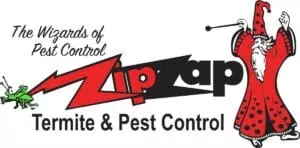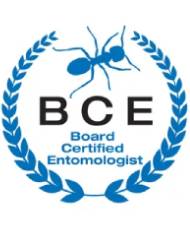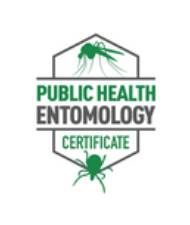SUBTERRANEAN TERMITES AND HOW TO TREAT
Depending on the kind of termites that have infested your home will determine the treatment. Each species of termites has a different way of entering your home, so different methods will be used to keep them out or get rid of them once they’ve arrived. Subterranean termites are the most common, requiring a good treatment provider who can help with intervention and get rid of them by keeping your house safe and secure.
Underground colonies are where Subterranean termites reside. They search for food to sustain the colony by spreading out into a tunnel system. They can enter a person’s home or other wooden structures on their property when the tunnels reach above the ground. When the weather turns warm and heavy rainfall, subterranean termites often begin their infestation by sending out a swarm of winged termites. Termites with wings are reproductive. They can go out and produce new termites forming a new colony. They shed their wings and return to build new underground tunnels after they mate. Discovering “flying ants” with piles of wings on your windowsill with being a huge indication that there is an infestation that will require treatment.
There is an in-ground system that people rely on to get rid of Subterranean termites. It repels the termites before they arrive or lures the termites to the poison, which they take back to their colony before they can do any damage. The correct way to handle termite treatment will depend on what kind of termite you have. By contacting Zip Zap Termite & Pest Control, we can help you determine what kind of termite you may have and give you options on the best treatment plan. Zip Zap already knows to share your best line of defense with you and help you choose the right prevention method and get rid of the termites you may already have. Contact Zip Zap Termite & Pest Control today. 816-407-PEST (7378)



